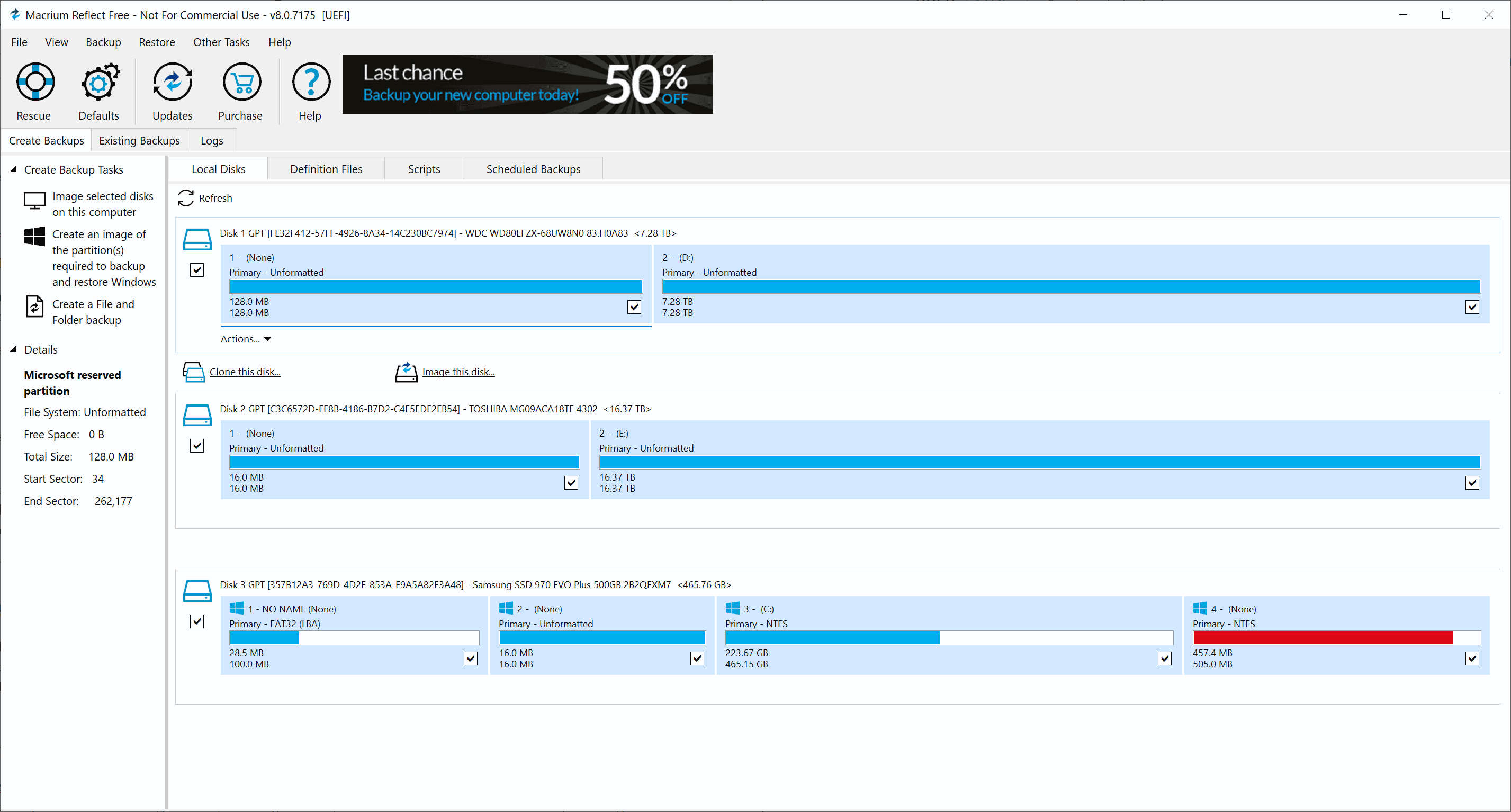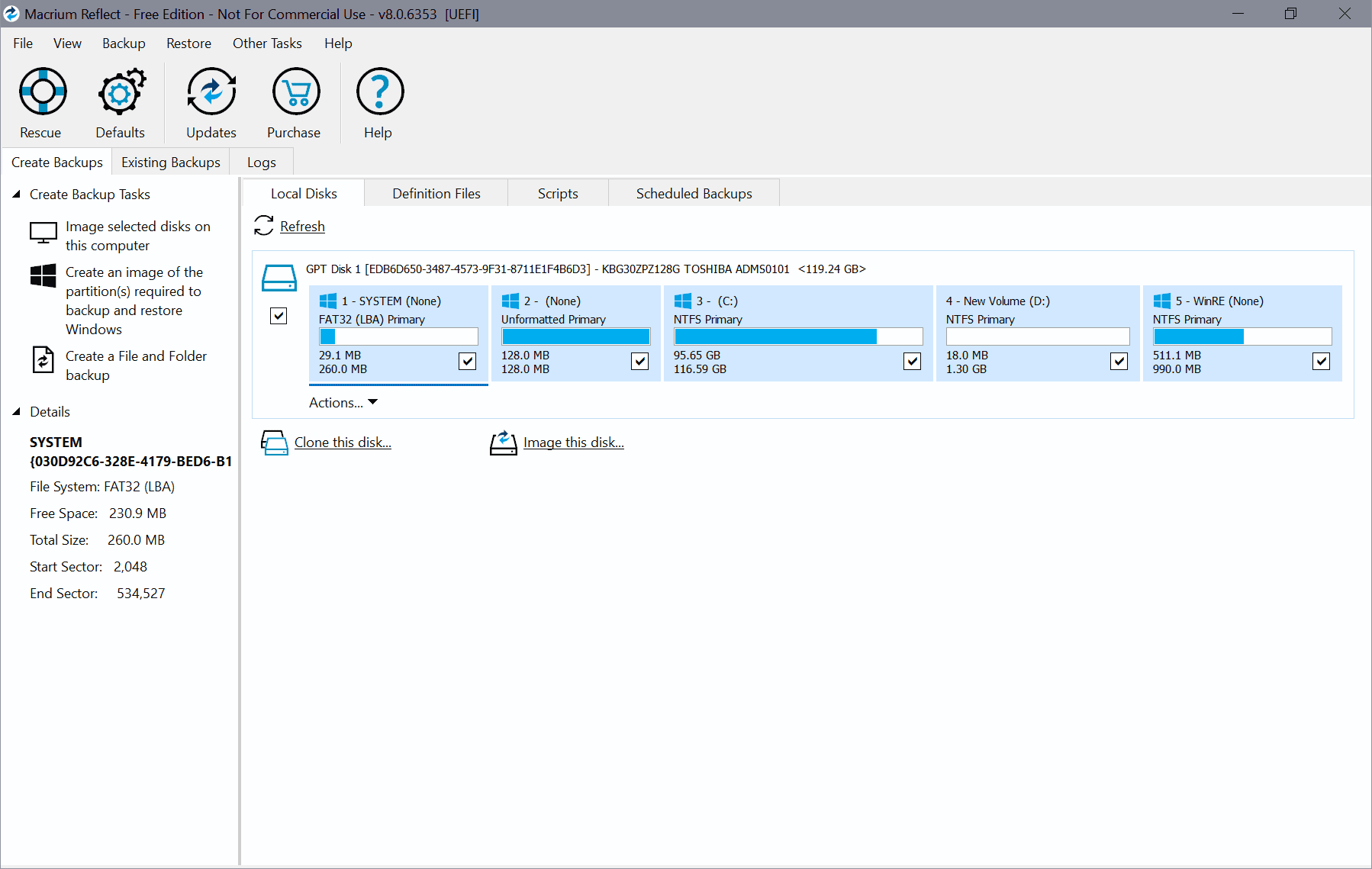Automatically back up your hard drive
It's always a good idea to backup your hard drive(s) every now and then to prevent data loss. The guys, eh Gina, over at Lifehacker published a great guide on how you can automate the backup process so that you have less work once it has been set up. It only describes the procedure for Windows computers, all you need is an external hard drive, a ftp server and the freeware tool Syncback.
Everything is described in detail and easy to follow. Worth a look if you have sensible data or fear data loss. Lets take a look at the guide in detail:
- The guide uses the backup software SyncBack Freeware, which is a basic backup software for the Windows operating system. Check out our Free Backup Software Guide for a list of program alternatives.
- The guide recommends to either use an external hard drive to store the backups on, or an ftp server if remote backups are more interesting. Both methods have their advantages and disadvantages when compared to each other. Local backups keep the backups in reach, while remote ones do not. If your house burns down, you may be better of with remote locations for instance.
- Once you have the necessary hardware to create the backup, it is all about creating a backup profile in the application. This includes selecting the folders on the computer that you want backed up, and whether this should happen on a schedule, or manually only.
- You can furthermore setup email notifications when backups fail, and configure other options like encryption to protect the backed up data from third parties trying to access it.
- Compression is another option, especially when you use remote locations to store them, as they can reduce the size of the data considerably.
Note that the guide explains how you can back up date using a local backup solution using an external hard drive. It can also only be used to backup files and not the entire system or individual partitions on the hard drive.
Advertisement
















Hey martin,
Its me somefool from computerhelpforum.org . Can you remove that link, and replace it with “http://somefoo.net” since that is my domain name, and make the name “Some Foo”? Thanks buddy (Didnt find a contact email anywhere)